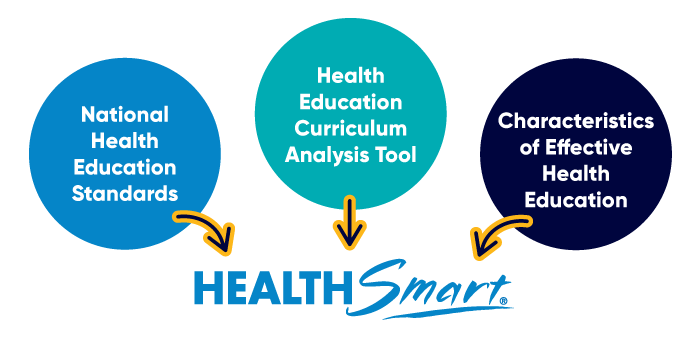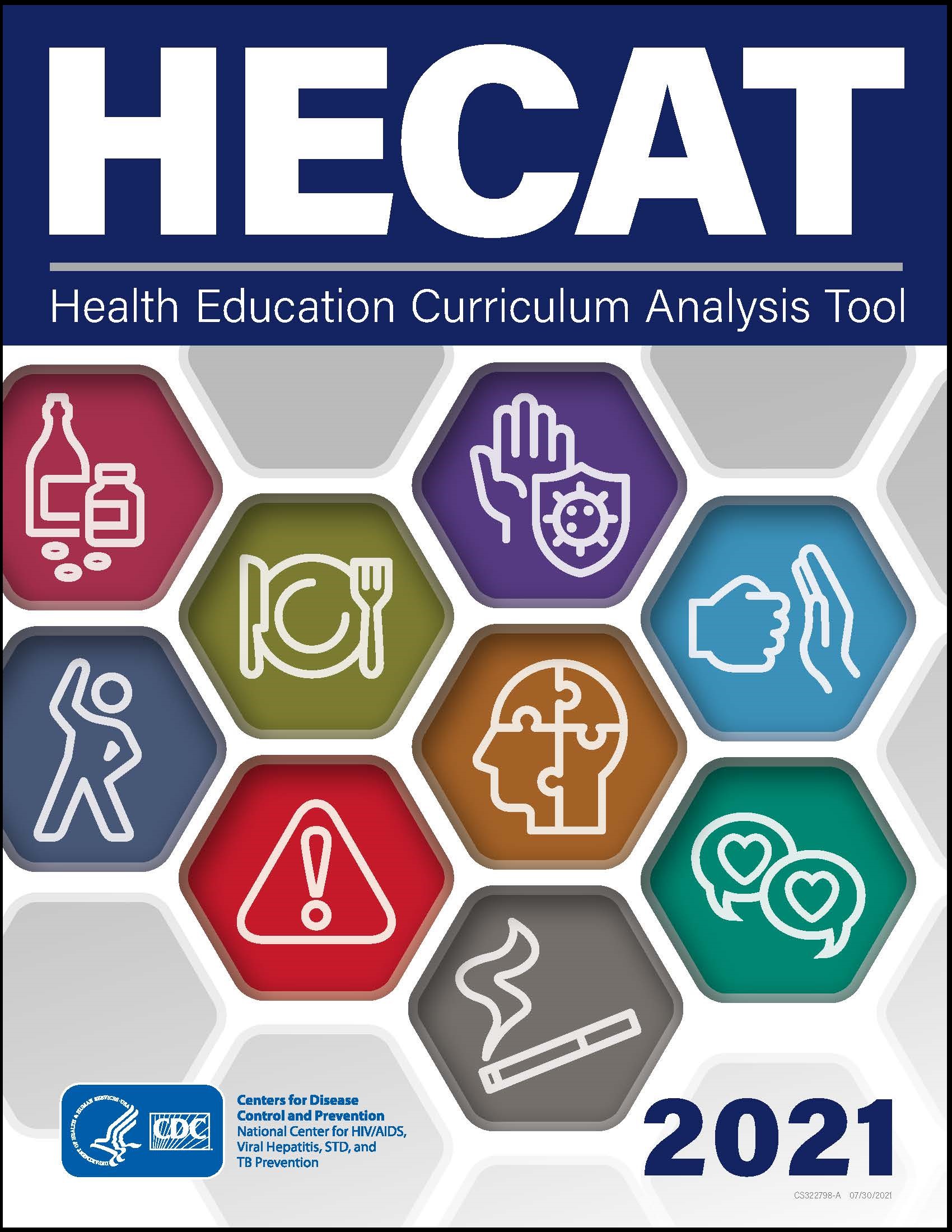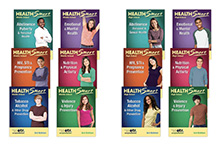Evidence-Based Programs Work!
The U.S. Centers for Disease Control and Prevention has spent many years studying what works to help people change health risk behaviors. Research and reviews of evidence-based programs show that certain qualities are key to success. These characteristics provide a science-informed framework for effective health education.
Because the ultimate goal of HealthSmart is to help students adopt and maintain healthy behaviors, the program is grounded in these research-proven best practices.

Characteristics of Effective Programs
Today's state-of-the-art health education curricula reflect the growing body of research that emphasizes:
- Teaching functional health information (essential knowledge).
- Developing the essential health skills necessary to adopt, practice, and maintain health-enhancing behaviors.
- Shaping personal values and beliefs that support healthy behaviors.
- Shaping group norms that value a healthy lifestyle.
Setting Knowledge and Skill Standards
Essential health skills are defined in the National Health Education Standards (NHES), which the HealthSmart program was designed to meet. In addition to Standard 1 on comprehending concepts (essential knowledge) the NHES set performance indicators for 7 essential skills for health literacy in Standards 2 through 8: analyzing influences, accessing resources, interpersonal communication, decision making, goal setting, practicing health-enhancing behaviors, and advocacy.
See how HealthSmart meets the National Health Education Standards.
Achieving Healthy Behavior Outcomes
The CDC's Health Education Curriculum Analysis Tool (HECAT) is another national initiative that drove development of the HealthSmart program. Within each health content area, CDC identified the most important behaviors for students to practice across the K–12 grade span.
These key Healthy Behavior Outcomes are the things students should be able to do by the time they graduate in order to be health literate. HealthSmart lessons are designed to impart key health concepts—the knowledge—and critical health skills—the practical applications—that will lead to thinking, choosing and acting in healthy ways.
Every HealthSmart lesson focuses on Healthy Behavior Outcomes, and the lesson objectives are designed around the specific knowledge and NHES skill expectations defined for that content area in the HECAT.
See the HealthSmart HECAT alignment for all grade spans.
Read More
These articles explain more about the goals and theory behind the HealthSmart program.



